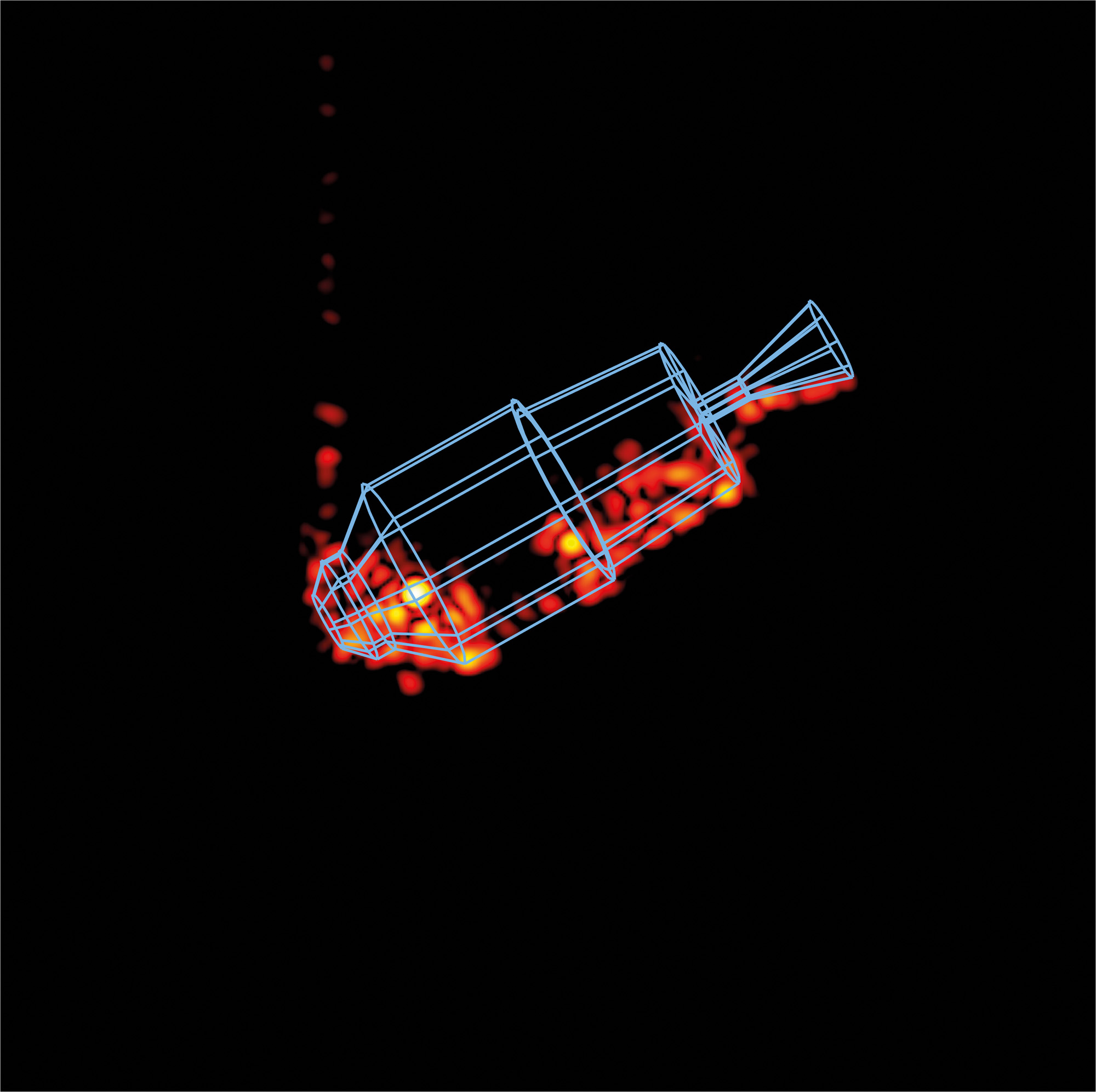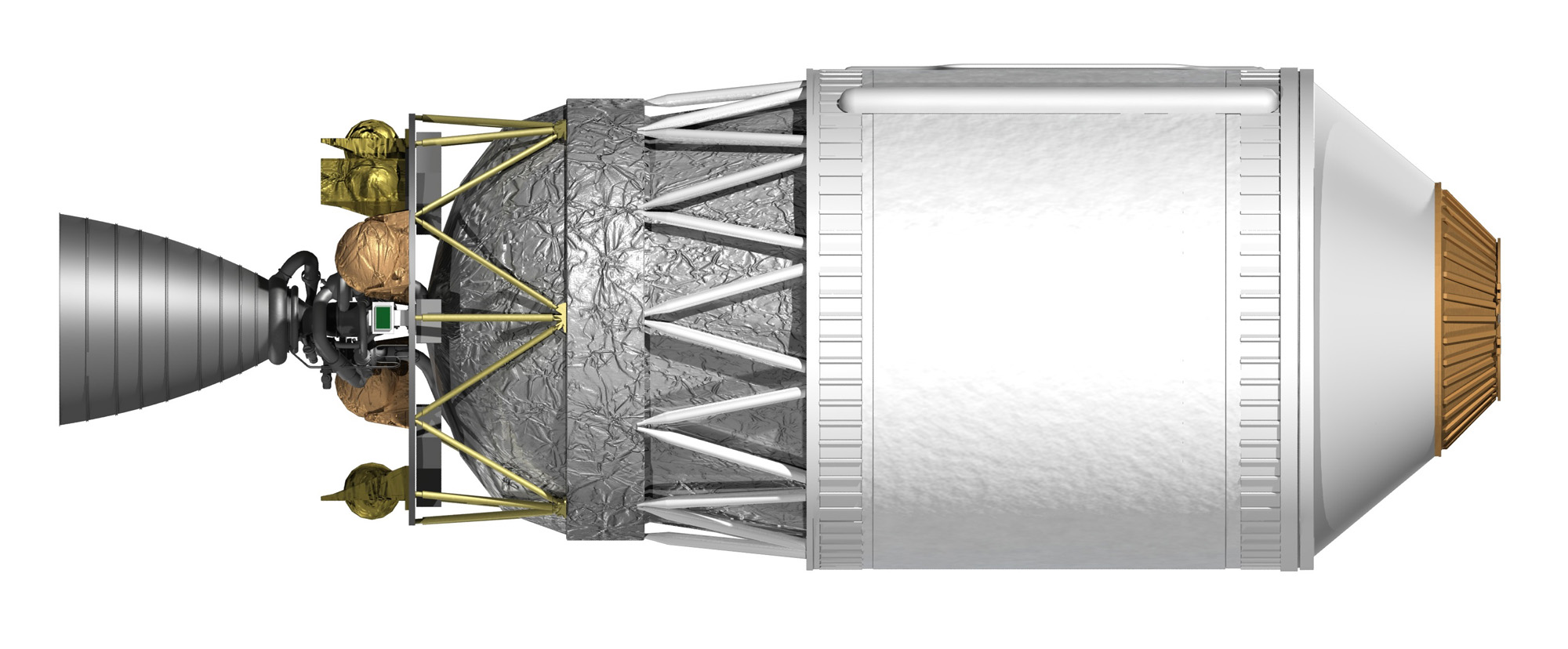Garbage collection for orbit


The amount of space debris is steadily increasing. The Japan Aerospace Exploration Agency JAXA therefore wants to actively reduce space debris and remove some of its rocket upper stages from orbit. Fraunhofer FHR assisted in the selection of potential objects with the tracking and imaging radar TIRA.
Rocket upper stages that are buzzing through the orbit without a master have a great hazard potential: After all, they can explode, either due to contained residual propellant or due to batteries. Now you might think that an explosion in orbit is no big deal – after all, there‘s no one there to be bothered by it. Far from it: an explosion turns a large piece of debris into tens of thousands of small pieces of debris. Debris that can become dangerous projectiles and, in the worst case, destroy satellites and the like in a collision.
Removing rocket upper stages from orbit
The Japan Aerospace Exploration Agency JAXA therefore wants to remove its rocket upper stages from orbit. That the rendezvous maneuvers required for this are feasible is to be demonstrated by the ADRAS-J demonstration mission within the CRD2 project, which is to be carried out by Astroscale by 2024. A pre-selection of potential candidates has already been made by JAXA. Still pending was a decision on exactly which upper stage to target for the mission. Simulations by the Japanese agency also showed that rocket upper stages that are in the sphere of influence of the Earth‘s gravitational field for a longer period of time align themselves with their longitudinal axis along this field, i.e. they always point with the »nose tip« toward the Earth‘s surface.
Imaging radar TIRA confirmed the simulation results of JAXA
Can Fraunhofer FHR confirm or refute these simulation results – and thus help identify a suitable candidate for »garbage collection«? JAXA employees approached the institute with this question. In a feasibility study at the end of 2021, the Fraunhofer team imaged a selected upper stage with TIRA and determined its rotation based on the image analyses. How fast does the upper stage rotate? Around which axis? And how is this axis aligned in space? The simulation results were confirmed: The nose tip of the upper stage pointed toward Earth. So did almost all the other rocket upper stages analyzed in a follow-up study in spring 2022. Only one was out of the ordinary. This one showed a slow tumbling motion at 0.1 degrees per second. The researchers, as well as JAXA, suspected that this upper stage was still in a transition phase. This is because after an upper stage has released its payload and changed course slightly, it initially flies uncontrolled through space, spinning at will. Only in the long run do various forces cause the rocket upper stage to align itself along the Earth‘s gravitational field. While the object is »captured« by the Earth‘s gravitational field, the observed tumbling motion occurs. According to JAXA, there is much to suggest that the rocket upper stage was in this process – because the axis of rotation, which the Fraunhofer FHR researchers determined, also changed over time. The researchers found this out because they carried out six measurements per upper stage, each at intervals of about one week.
Rotational symmetry of the objects posed challenges
The investigations with the TIRA imaging radar did present challenges. One of them was the rotational symmetry of the upper stages – which is problematic for the methods used, especially the rotational axis determination. This is because individual object points have to be found again and again over the course of time on the basis of a series of images and these points have to be clearly assigned, which is very difficult in the case of a round geometry such as a cylinder. With various methods and the support of JAXA, which provided detailed information on each upper stage, the team was able to overcome this challenge. In short, the investigations with the TIRA imaging radar are helping JAXA to select specific candidates where garbage removal is likely to be successful.